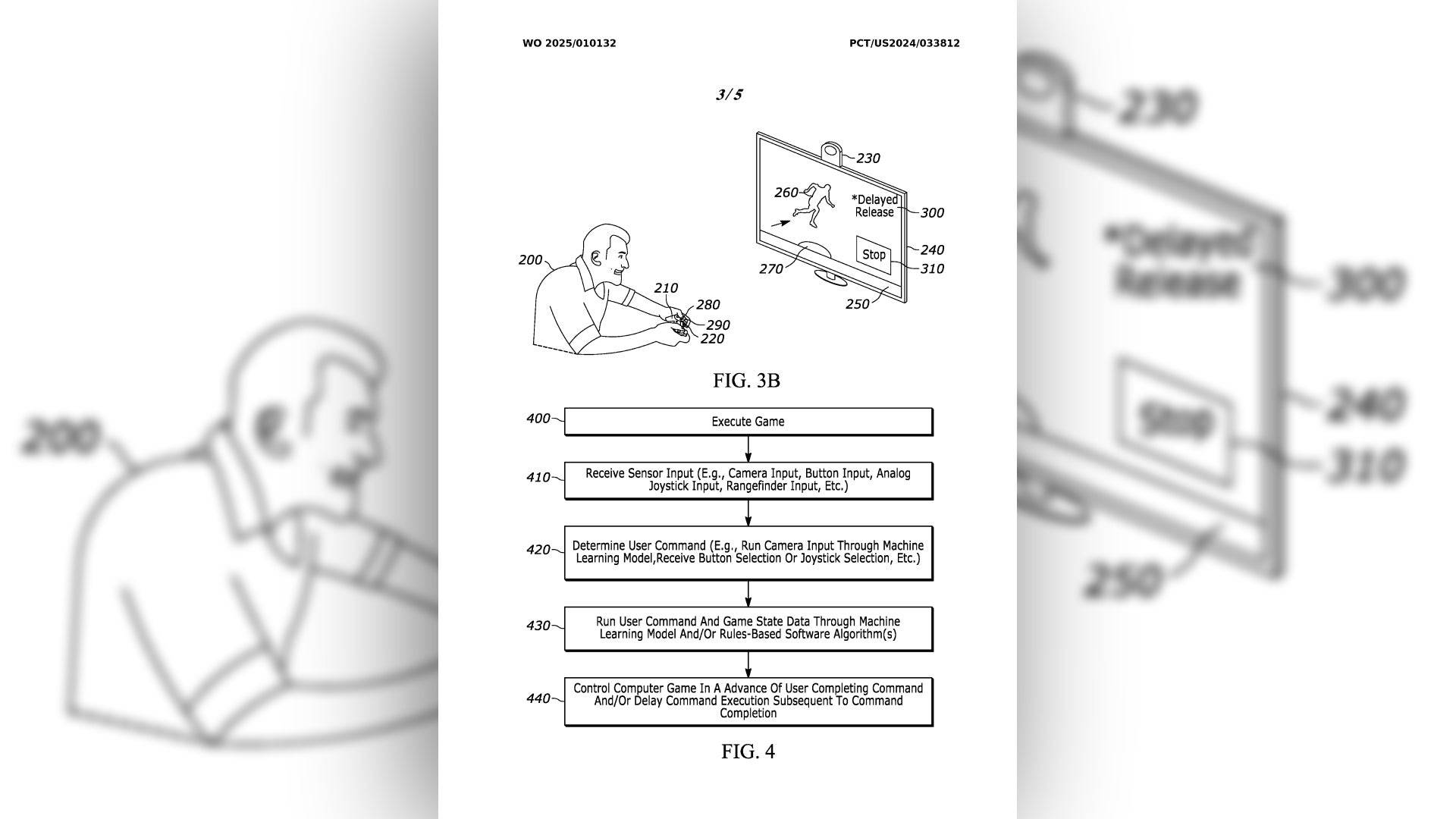Sony's latest patent hints at a potential game-changer for future PlayStation consoles: a sophisticated latency reduction system. The patent, titled “TIMED INPUT/ACTION RELEASE,” addresses the lag between player input and in-game response, a common issue exacerbated by advanced frame generation technologies like those found in the PlayStation 5 Pro's PSSR upscaler. Current solutions from AMD (Radeon Anti-Lag) and Nvidia (Nvidia Reflex) tackle this, and Sony appears poised to join the fray.
The patent details a multi-pronged approach. A machine-learning AI model predicts the player's next input, working in tandem with an external sensor. This sensor could be a camera observing the controller, anticipating button presses, or potentially integrated directly into next-generation controller buttons themselves. The patent specifically mentions using camera input to feed the AI model, suggesting a novel approach to predictive input.

Sony acknowledges the inherent latency in current systems, stating, “there can be latency between the user's input action and the system's subsequent processing and execution of the command.” Their proposed solution aims to mitigate this by predicting and pre-emptively processing player commands. While the exact implementation in a future PlayStation console (like the hypothetical PlayStation 6) remains uncertain, the patent clearly demonstrates Sony's commitment to minimizing latency without sacrificing the responsiveness of gameplay.
The benefits are particularly relevant for fast-paced games like twitch shooters, demanding both high frame rates and minimal lag. The technology's success in real-world applications, however, remains to be seen. This innovative approach could significantly improve the gaming experience, especially when paired with increasingly prevalent frame generation techniques like FSR 3 and DLSS 3, which often introduce additional latency.









